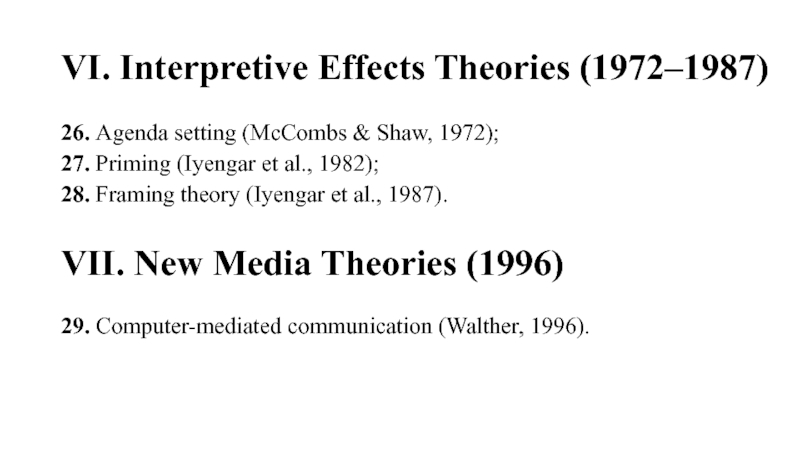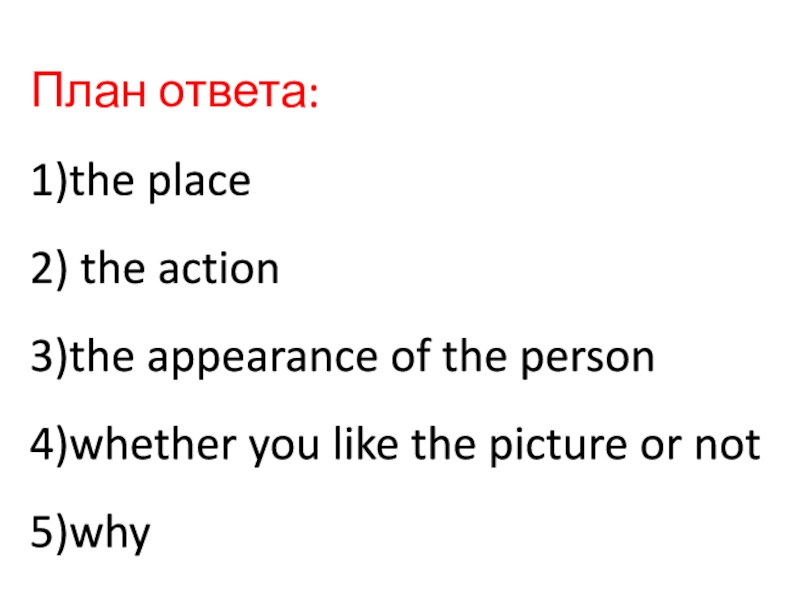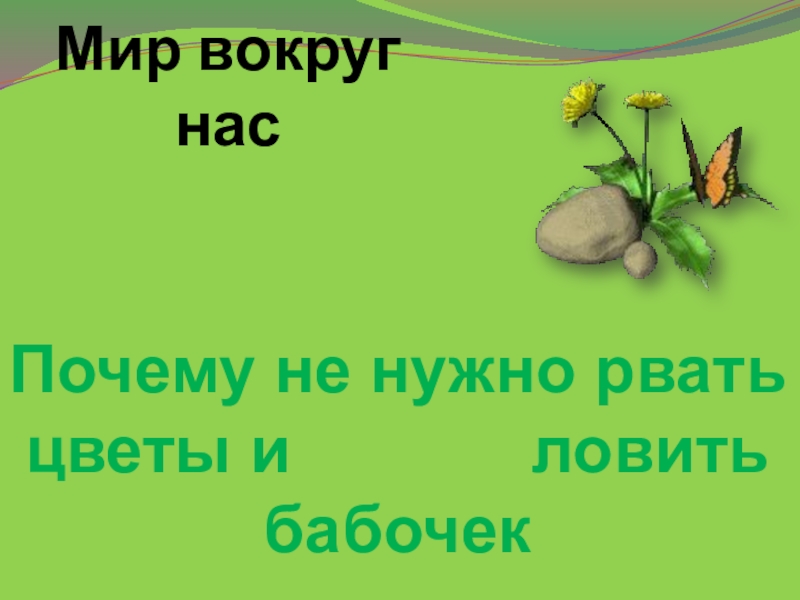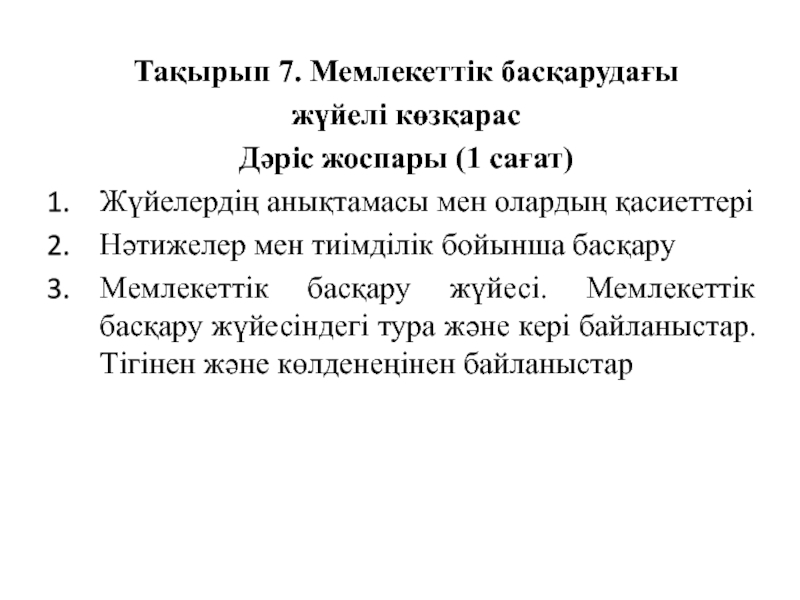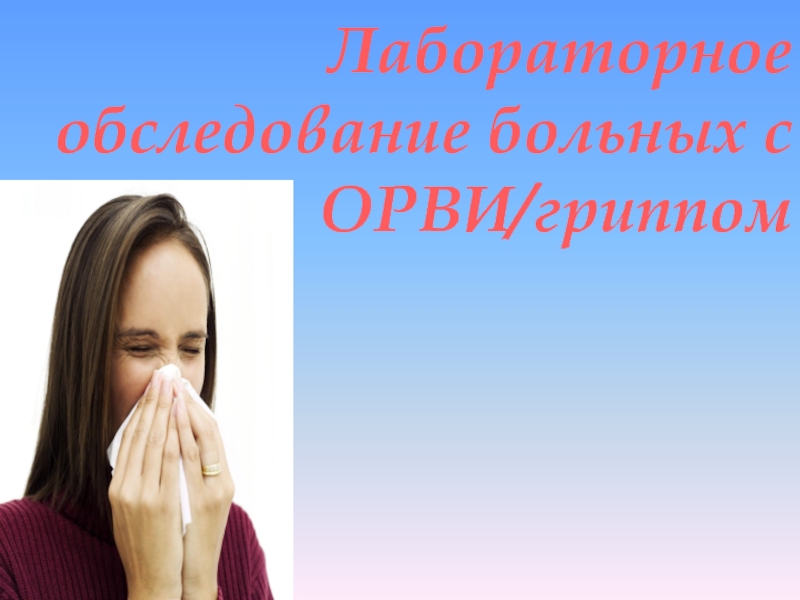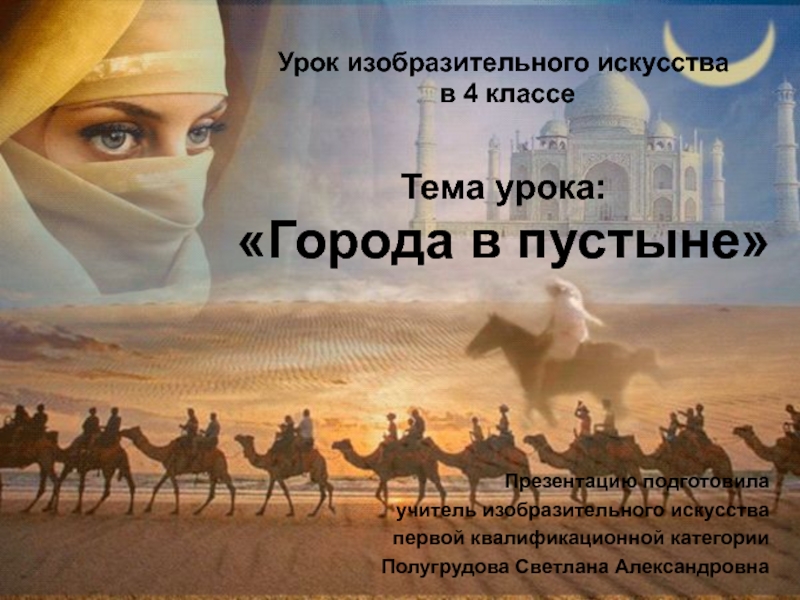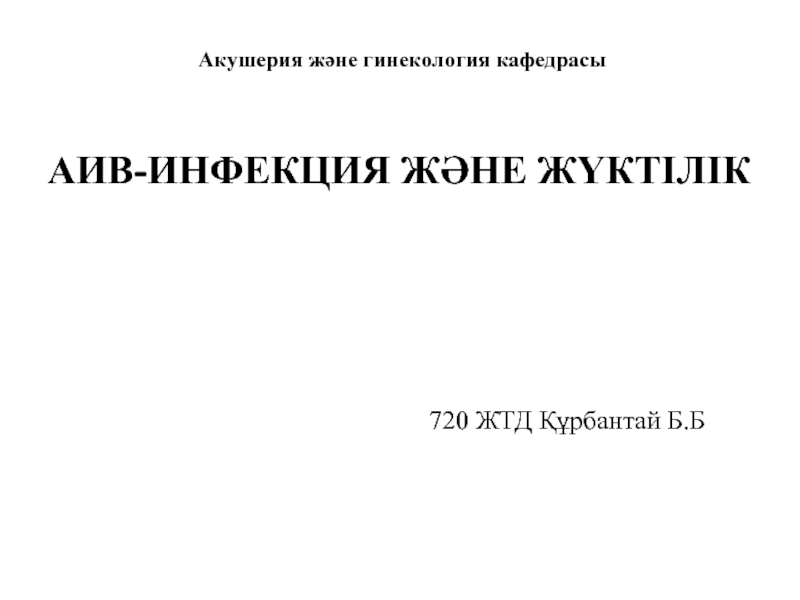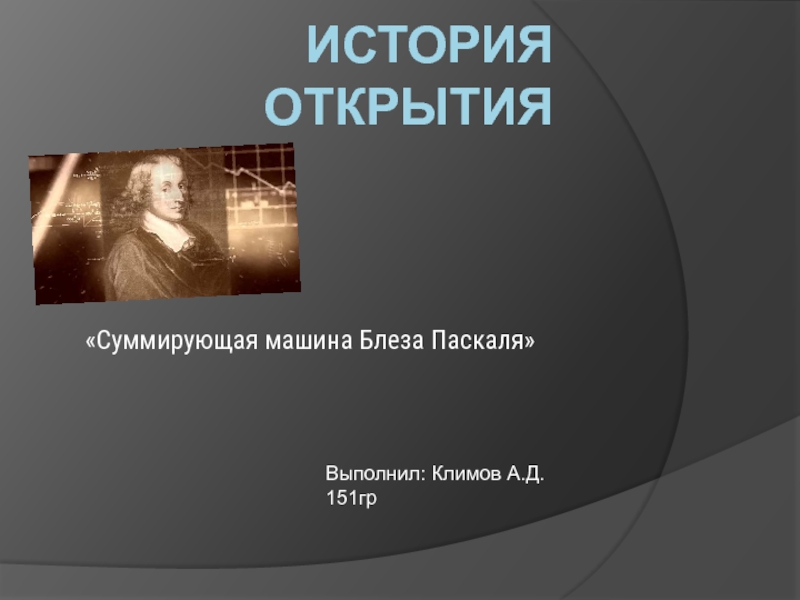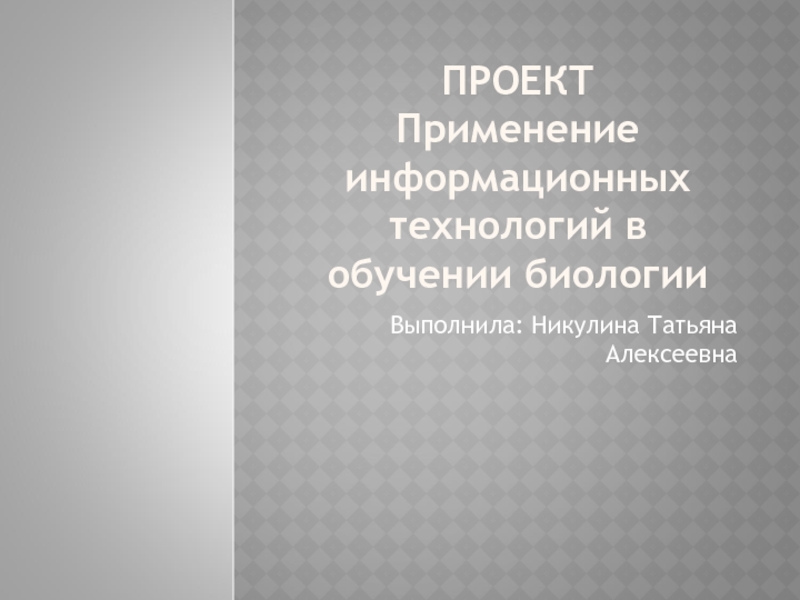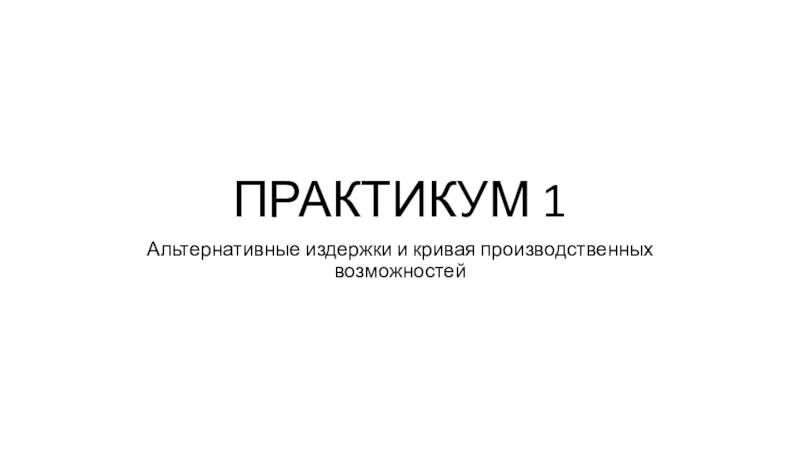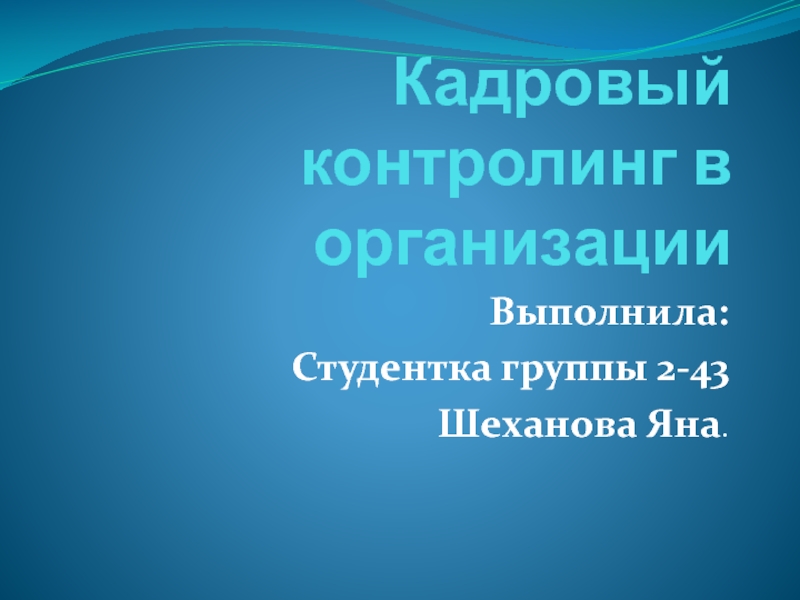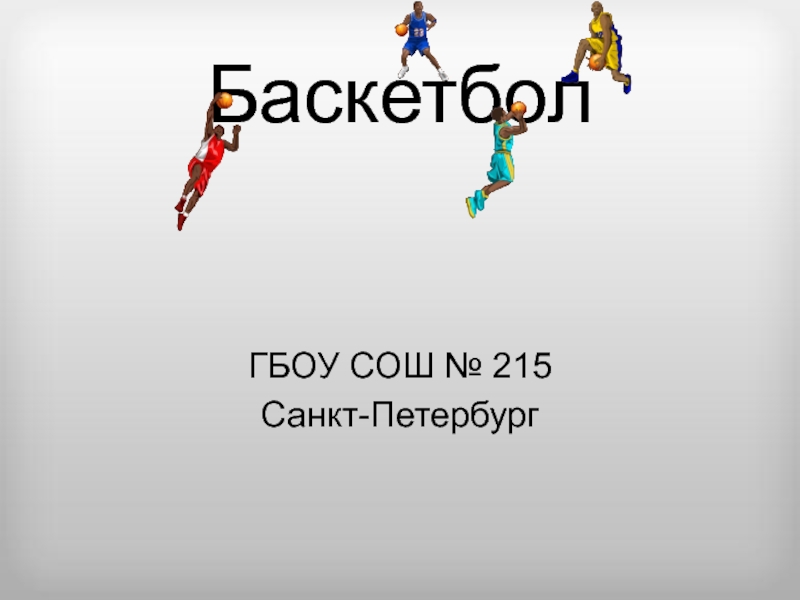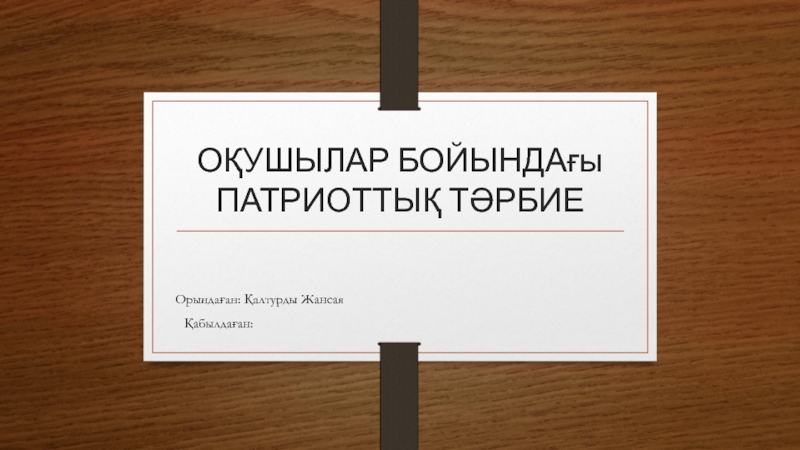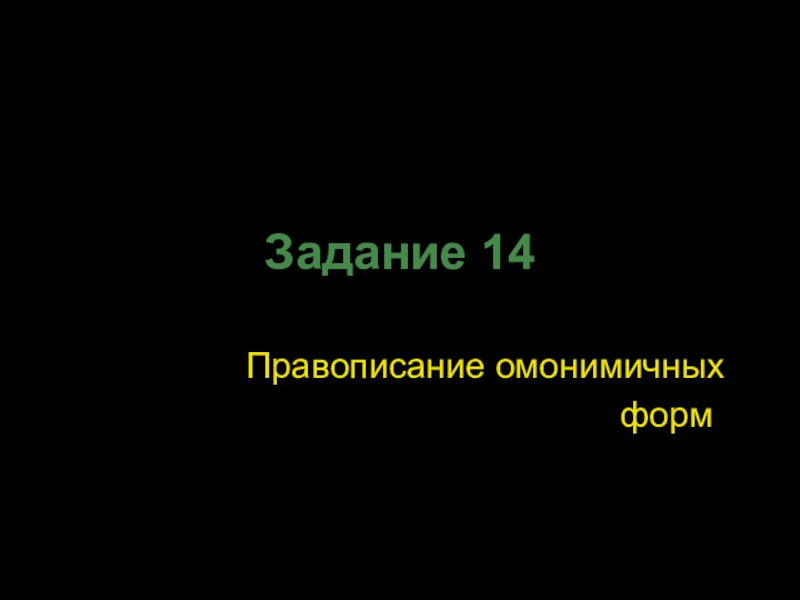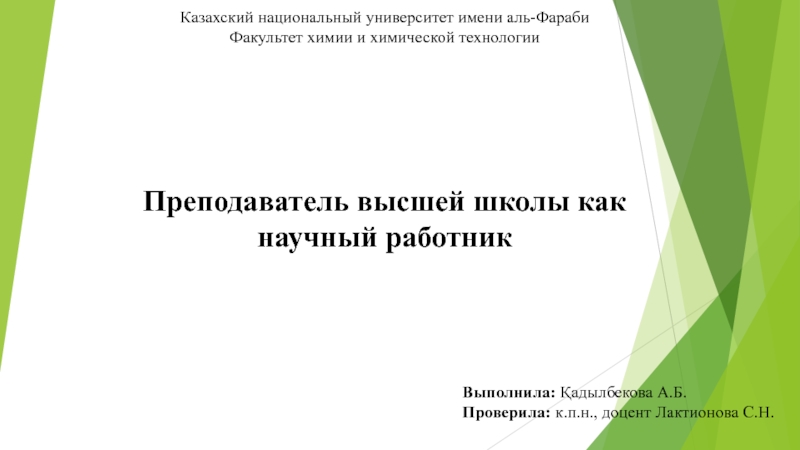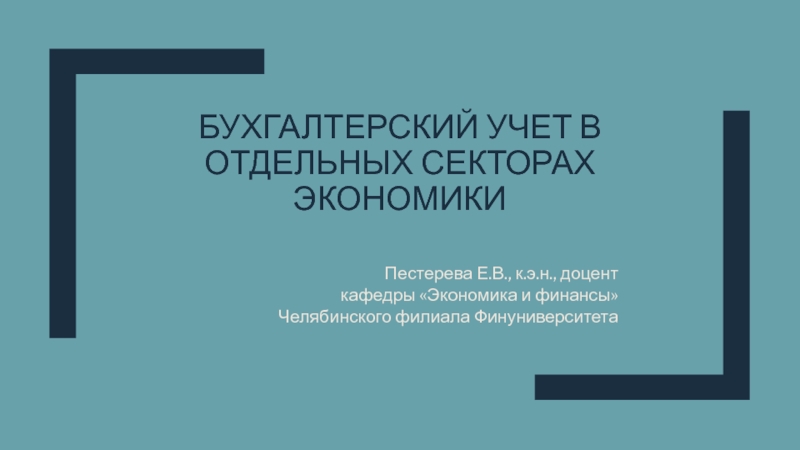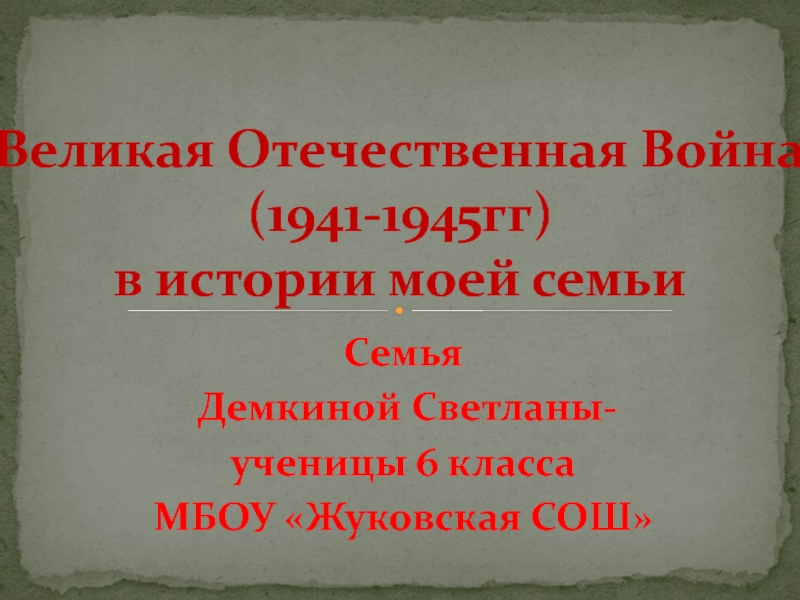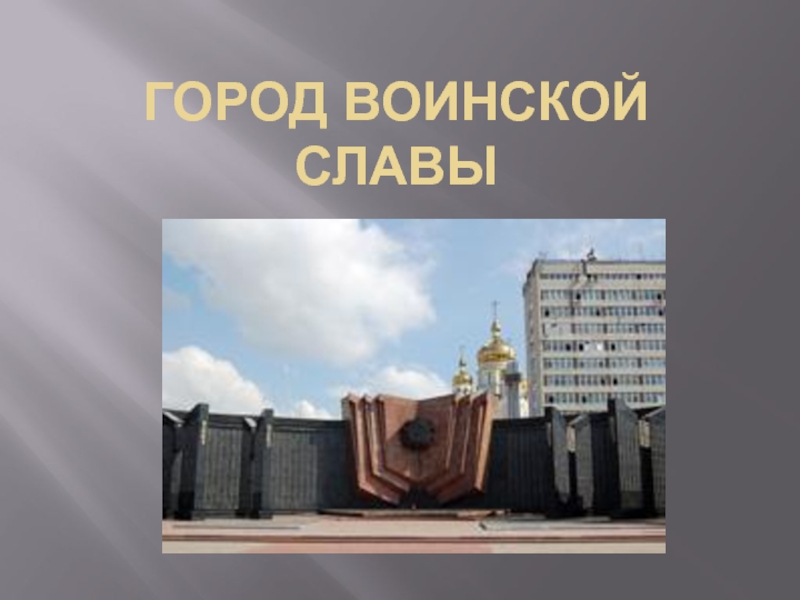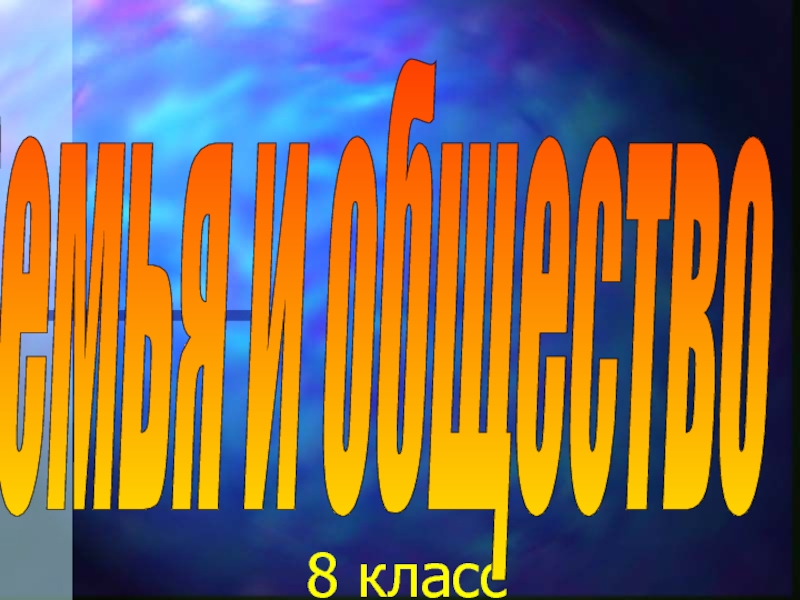Разделы презентаций
- Разное
- Английский язык
- Астрономия
- Алгебра
- Биология
- География
- Геометрия
- Детские презентации
- Информатика
- История
- Литература
- Математика
- Медицина
- Менеджмент
- Музыка
- МХК
- Немецкий язык
- ОБЖ
- Обществознание
- Окружающий мир
- Педагогика
- Русский язык
- Технология
- Физика
- Философия
- Химия
- Шаблоны, картинки для презентаций
- Экология
- Экономика
- Юриспруденция
The evolution of media effects theory
Содержание
- 1. The evolution of media effects theory
- 2. I. Persuasion Theories (1944–1963)1. Voting research (Lazarsfeld,
- 3. II. Active Audience Theories (1944–1986)6. Attribution theory
- 4. III. Active Audience Theories (1944–1986)12. Disposition theory
- 5. IV. Social Context Theories (1955–1983)15. Two-step flow
- 6. V. Societal & Media Theories (1933–1978)21. Media
- 7. VI. Interpretive Effects Theories (1972–1987) 26. Agenda
- 8. Скачать презентанцию
I. Persuasion Theories (1944–1963)1. Voting research (Lazarsfeld, Berelson, & Gaudet, 1944; Campbell et al., 1960);2. Shannon linear model (Shannon & Weaver, 1948);3. Lasswell linear model (Lasswell, 1948);4. Persuasion/attitude change (Hovland, Janis,
Слайды и текст этой презентации
Слайд 1The evolution of media effects theory
Department of Communication Studies, University
of Michigan, Ann Arbor
Слайд 2I. Persuasion Theories (1944–1963)
1. Voting research (Lazarsfeld, Berelson, & Gaudet,
1944; Campbell et al., 1960);
2. Shannon linear model (Shannon &
Weaver, 1948);3. Lasswell linear model (Lasswell, 1948);
4. Persuasion/attitude change (Hovland, Janis, & Kelley, 1953; McGuire, 1969);
5. Social learning (Bandura & Walters, 1963).
Слайд 3II. Active Audience Theories (1944–1986)
6. Attribution theory (Heider, 1958; Kelley,
1967);
7. Uses & gratifications (Herzog, 1944; Katz, Blumler, & Gurevitch,
1974);8. Parasocial theory (Horton & Wohl, 1956);
9. Cognitive dissonance/social identity (Festinger, 1957; Tajfel, 1982);
10. Minimal effects (Klapper, 1960);
11. Selective exposure (Sears & Freedman, 1967).
Слайд 4III. Active Audience Theories (1944–1986)
12. Disposition theory (Zillmann & Cantor,
1976);
13. Media dependency (Ball-Rokeach & De Fleur, 1976);
14. Elaboration likelihood
model (Petty & Cacioppo, 1986).Слайд 5IV. Social Context Theories (1955–1983)
15. Two-step flow (Katz & Lazarsfeld,
1955);
16. Diffusion theory (Rogers, 1962);
17. Knowledge gap theory (Tichenor, Donohue,
& Olien, 1970);18. Social networks/social capital (Granovetter, 1973; Putnam, 1995);
19. Spiral of silence (Noelle-Neumann, 1974);
20. Third person theory (Davison, 1983).
Слайд 6V. Societal & Media Theories (1933–1978)
21. Media hegemony/public sphere (Gramsci,
1933; Habermas, [1962] 1989);
22. Channel effects (McLuhan, 1964);
23. Social construction
of reality (Berger & Luckman, 1966);24. Differential media exposure (Clarke & Fredin, 1978);
25. Cultivation theory (Gerbner, Gross, Jackson-Beeck, Jeffries-Fox, & Signorielli, 1978)
Jackson-Beeck, Jeffries-Fox, & Signorielli
Слайд 7VI. Interpretive Effects Theories (1972–1987)
26. Agenda setting (McCombs &
Shaw, 1972);
27. Priming (Iyengar et al., 1982);
28. Framing theory (Iyengar
et al., 1987).VII. New Media Theories (1996)
29. Computer-mediated communication (Walther, 1996).
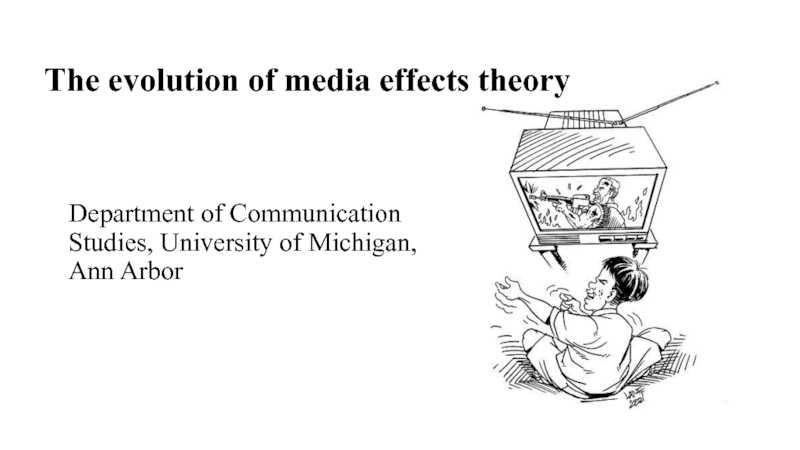
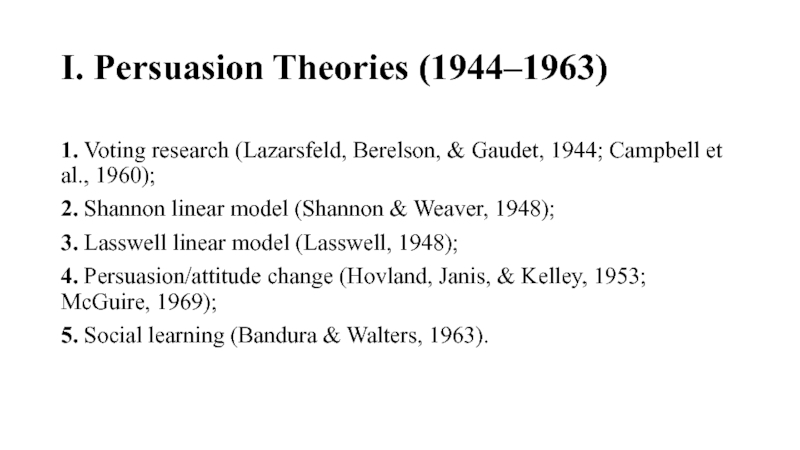
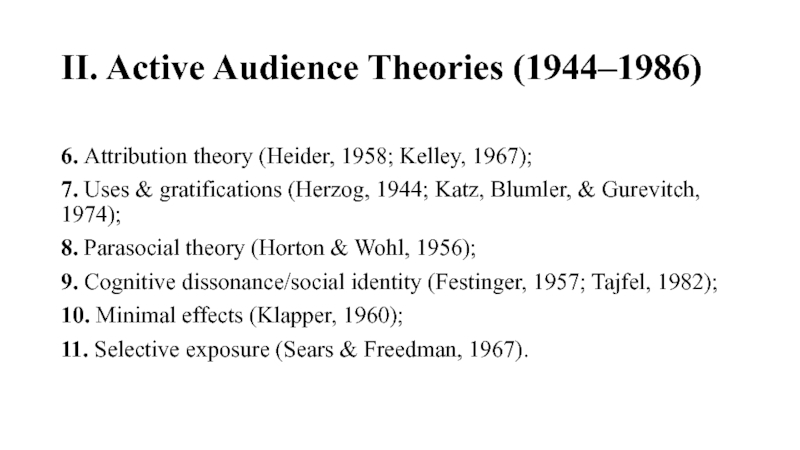
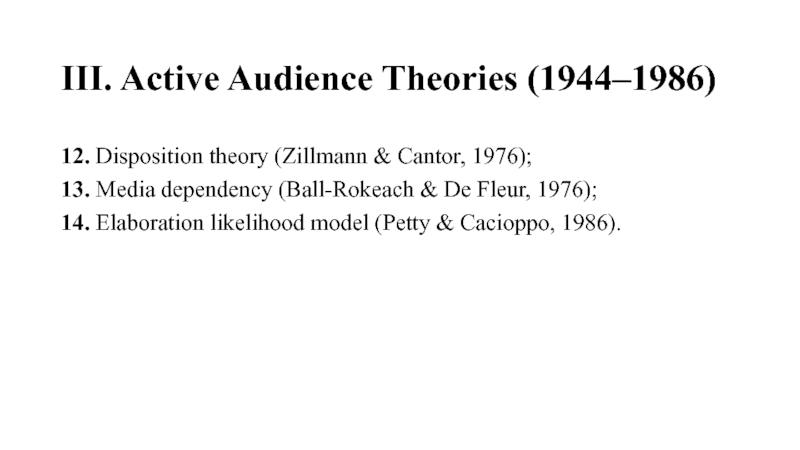
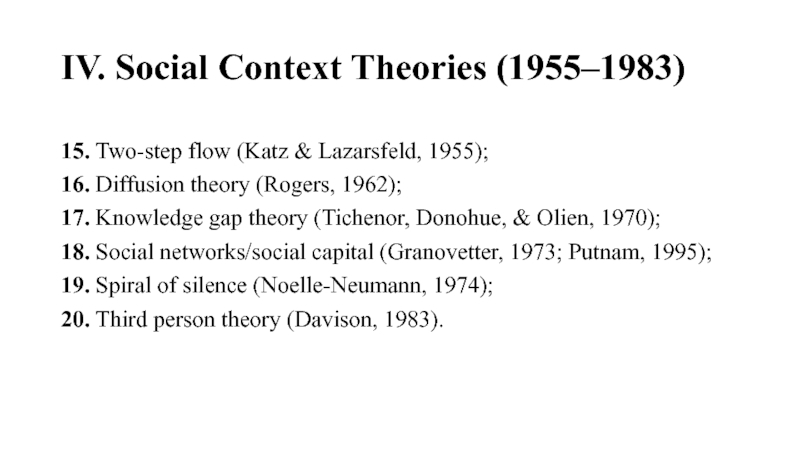
![The evolution of media effects theory V. Societal & Media Theories (1933–1978)21. Media hegemony/public sphere (Gramsci, 1933; V. Societal & Media Theories (1933–1978)21. Media hegemony/public sphere (Gramsci, 1933; Habermas, [1962] 1989);22. Channel effects (McLuhan,](/img/thumbs/7f8d174cc994ec6f396d49aebbbfb166-800x.jpg)
